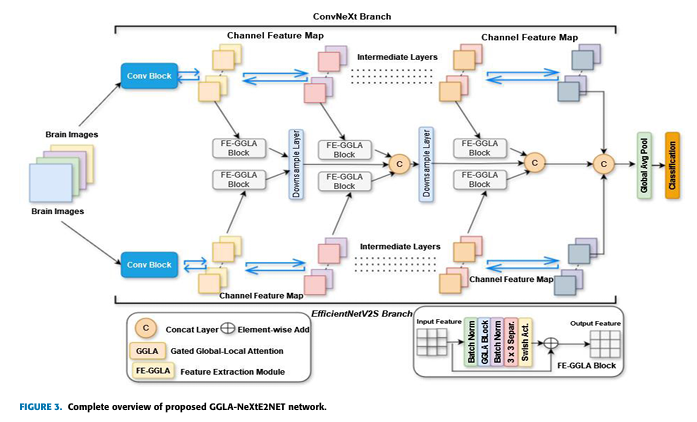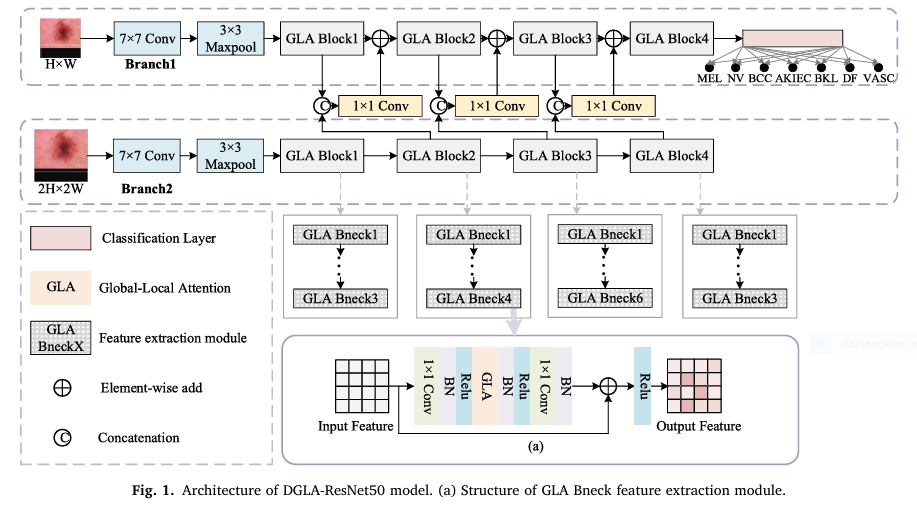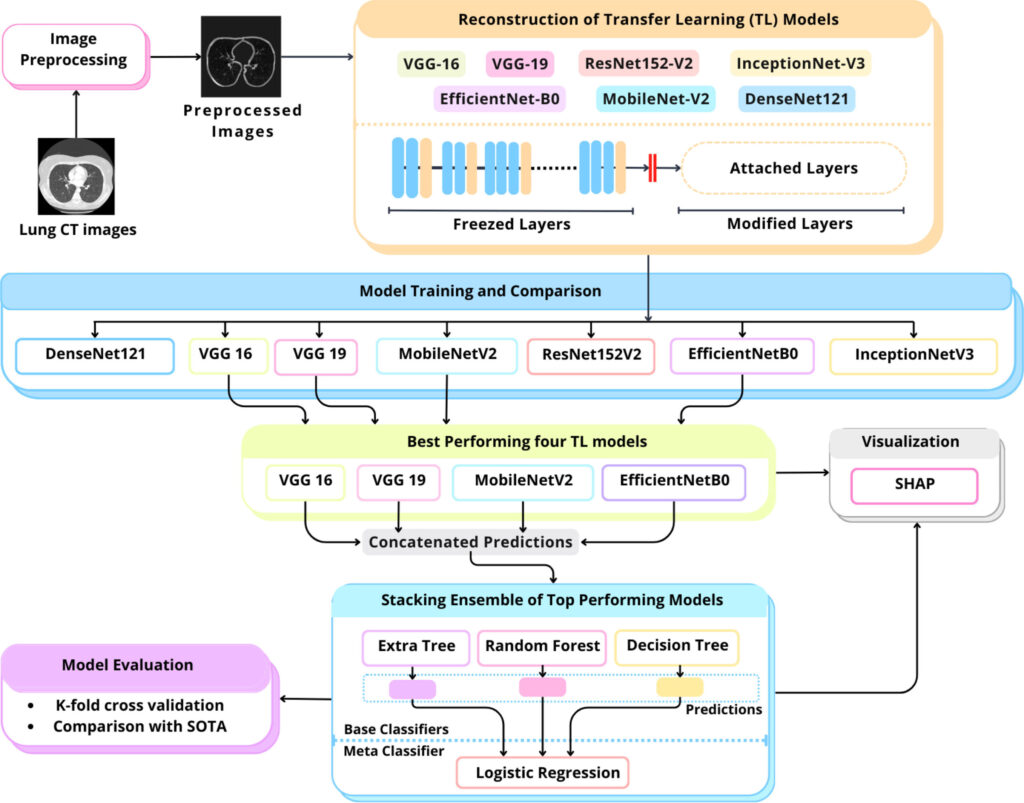Revolutionizing Medical Image Segmentation: SemSim’s Semantic Breakthrough
Medical image segmentation is the cornerstone of modern diagnostics and treatment planning. From pinpointing tumor boundaries to mapping cardiac structures, its precision directly impacts patient outcomes. Yet, a critical bottleneck persists: the massive annotation burden. Manual labeling demands hours of expert time per scan, creating a severe shortage of labeled data that throttles AI’s potential. Enter semi-supervised learning […]
Revolutionizing Medical Image Segmentation: SemSim’s Semantic Breakthrough Read More »









